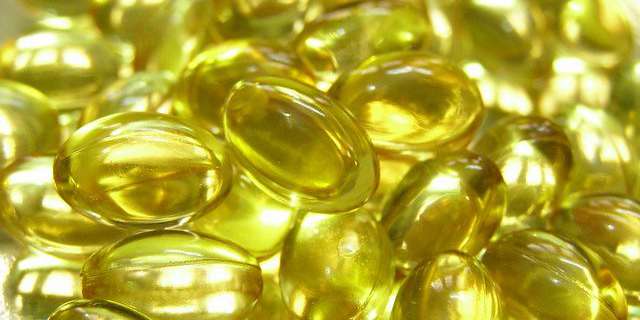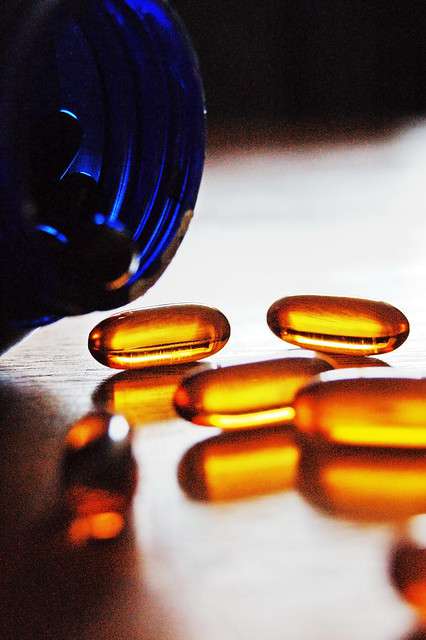
We’re seeing bad weather this year in the Pacific Northwest, with frigid temperatures that seem to have made the cold and flu season worse. As freezing rain coated the roads last week, I found myself scavenging through my medicine cabinet for something to soothe my cough. In my hunt, I stumbled across two identical bottles of cough syrup: one a vibrant shade of red and the other a yellowish-orange goo. The off-color option had, unsurprisingly, expired nearly a decade ago. Figuring out which bottle to use was a no-brainer.
Color changes in pharmaceutical solutions are often a sign of degradation, potency change, or contamination. That’s why visual pharmaceutical color standards, such as EP (European Pharmacopoeia) Color and USP (United States Pharmacopoeia) Color, were developed and are now used as a common form of evaluation across the industry. These pharmaceutical color standards are helpful in assessing the color quality of APIs (active pharmaceutical ingredients), excipients, biological solutions, and raw materials.
But visual analysis is highly subjective and does not provided the quantifiable data need to meet quality control regulations. Instrumental analysis is necessary for quantifying color accurately and objectively.
Quantifying Data with Spectrophotometry
Spectrophotometers offer the simple yet sophisticated color analysis needed to meet industry standards. Advanced instrumentation measures the absorption and transmission values of the drug product and converts this data into tristimulus values, such as CIE L*,a*,b* color. These values can then be used to develop an objective comparison with the visual EP/USP Color scale. Using numerical data to quantify color comparisons allows for improvement in color communication between sites and replaces vague comparisons such as “light yellow” with advanced terminology such as “near USP F” or “EP Y2”1. This standardizes the process, allowing for better accuracy while providing the validation needed to meet pharmaceutical regulations.
Numerical data provides a more accurate way to measure pharmaceutical color standards and develop consistency for batch comparisons. Image Source: Flickr user vinod velayudhan (CC BY 2.0)



